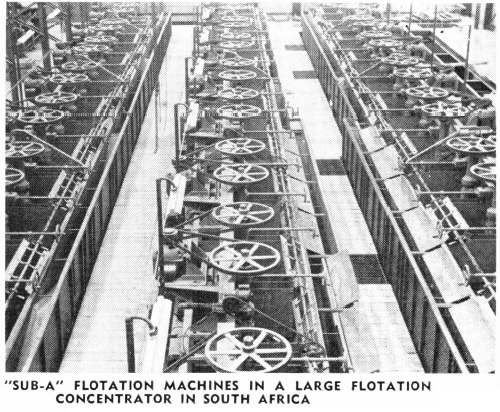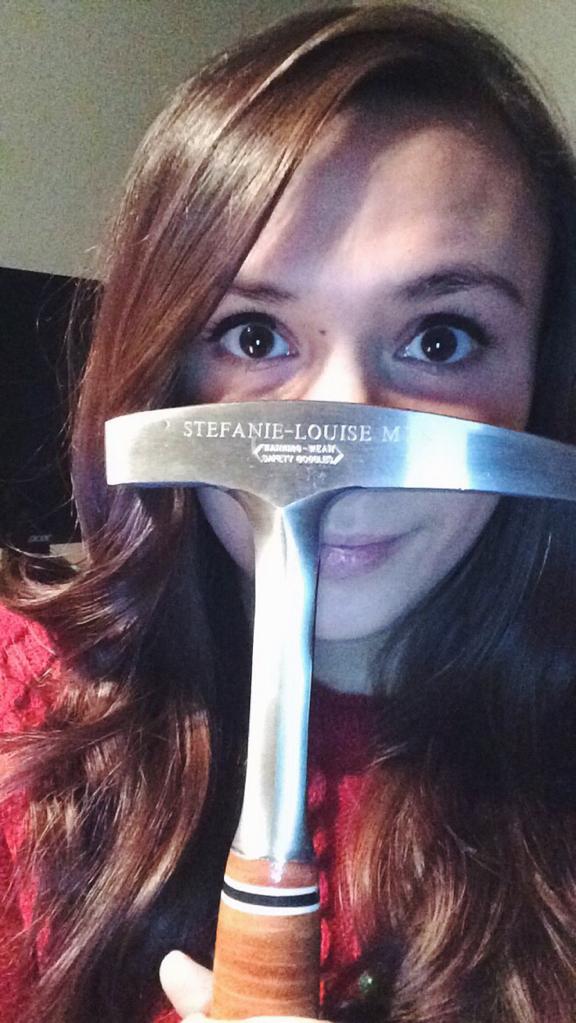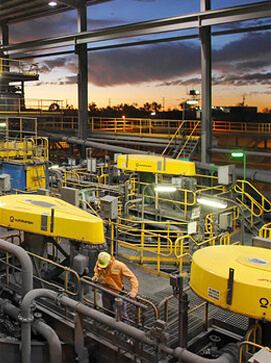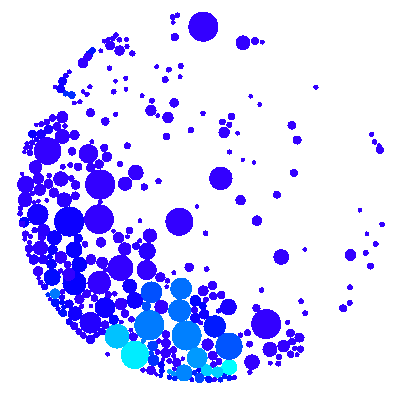Mineral Processing and Extractive Metallurgy

The first objective of Mineral Processing and Extractive Metallurgy is to remove the Mineral as soon as freed and as coarse as possible” is the first rule in treating complex ores. Ores containing two or three metals have been satisfactorily treated for a number of years. Today, however, ores containing as high as four, five […]
Mineral Processing and Ore Dressing

Before the event of ore dressing, crude ores were shipped directly to the smelters, or the refineries, with the shipper paying the freight and treatment charges. These charges varied with the type of ore and the distance from the smelter. In all cases they were many times our modem milling costs. While the smelter recovered […]
Gift for Geologist

A Geologist buddy, got his girl the gift of a rock hammer with her name engraved on it. This next year is about to be smashing.
Undeveloped Heap Leach Gold Projects

https://www.goldcorp.com/English/Investor-Resources/News/News-Details/2016/Goldcorp-Announces-Acquisition-of-Kaminak-Gold-Corporation/default.aspx VANCOUVER, May 12, 2016 /CNW/ – Goldcorp Inc. (“Goldcorp”) (TSX: G, NYSE: GG) andKaminak Gold Corporation (“Kaminak”) (TSX-V: KAM) are pleased to announce that they have entered into a definitive arrangement agreement (the “Arrangement Agreement”) pursuant to which Goldcorp has agreed to acquire, by way of a plan of arrangement (the “Arrangement”), all of […]
Mineral Processing Poetry for Metallurgist (100 year old classic)

https://www.industriallandscapes.org/mining-landscapes/an-ode-to-ore-dressing
Canada: A Golden Looser

1) United States – 8,133 metric tons 2) Germany –3,381 metric tons 3) Italy –2,451 metric tons 4) France – 2,435 metric tons 5) China –1,693 metric tons 6) Russia – 1,317 metric tons 7) Switzerland – 1,040 metric tons 8) Japan – 765 metric tons 9) The Netherlands – 612 metric tons 10) India […]
Allotropy or Allotropism of Gold

It can scarcely be considered a matter of doubt, in the present state of our knowledge, that the existence of, at any rate, two well-marked allotropic modifications of gold can be recognized, namely (a), the ordinary, yellow variety, and (b) the red, brown or purple, non-lustrous, amorphous variety. There are, indeed, not wanting indications that […]
SAG Mill Animation

Human Crusher

deviantart.com
White Arsenic

https://www.compoundchem.com/category/poison-chemistry/
